
Naga Panchami is a sacred Hindu Festival observed on the Shukla Paksha Panchami during the Hindu calendar month of Savan or Shravan. As per the Gregorian calendar, Nag Panchami falls in July or August.
It is celebrated two days after Hariyali Teej. Women pray for the well-being of their brothers and families. They worship the Nag Devta (the Lord of Serpents), in temples and sometimes visit Snake pits/holes and offer milk to them.
What is Nag Panchami Festival?
The term 'Nag' means Serpent/snake/Cobra. The term Panchami means the fifth day of either the waxing Moon (Shukla Paksha) or waning Moon (Krishna Paksha), in the Lunar cycle with each phase lasting for 15 days. It is a special day of worshipping Snakes (specifically cobras) by the Hindus.
Worshipping nature, and animals is an eternal part of Hindu philosophy. Hindu Deities are mostly associated with an animal as Vahan or vehicle, and these Vahans are respected and worshipped by Hindus.
When Is Nag Panchami This Year?
Nag Panchami on Monday, August 17, 2026
Nag Panchami Puja Muhurat - 06:20 AM to 08:53 AM
Duration - 02 Hours 33 Mins
Nag Pancham date in Gujarat - Tuesday, September 1, 2026
Panchami Tithi Begins - 04:52 PM on Aug 16, 2026
Panchami Tithi Ends - 05:00 PM on Aug 17, 2026
Nagpanchami is one of the most popular festivals which is celebrated with great devotion and enthusiasm by the Hindus. On this day, the Snake Lord is worshipped. Devotees perform the traditional ritual of Holy bathing the divine idol of Snake Lord. On this auspicious day one can also witness snake charmers in many places of the country with bamboo baskets with living snakes in it. These snake charmers make the snake dance by playing an instrument called “Been”. Many people gather around the snake charmer and even offer milk to the snake and worship it. Devotees perform Naag Puja of the Ashta Naag devtas. Ashta Naag literally means eight snakes. Given below is a small prayer or mantra which is recited to venerate the Ashta (eight) Naag (snakes).
Nag Panchami Mantra
Vasuki: Takshaschaiva Kaliyo Manibhadrakah.
Airavato Dhritarashtra: Karkotakadhananjay.
Etebhayam prayachhanti praninam pranajeevinam.
(Bhavishyottara Purana – 32-2-7)
(Meaning: Vasuki, Takshaka, Kaliya, Manibhadrak, Airavata, Dhritarashtra, Karkotaka and Dhananjaya - these give fearlessness to beings.) These are the revered 8 snakes.
सर्वे नागाः प्रीयन्तां मे ये केचित् पृथ्वीतले।
ये च हेलिमरीचिस्था येऽन्तरे दिवि संस्थिताः॥
ये नदीषु महानागा ये सरस्वतिगामिनः।
ये च वापीतडगेषु तेषु सर्वेषु वै नमः॥
(Sarve nagah preeyanta me ye kechit prithvitale|
Ye cha helimareechistha yentare divi sansthitah||
Ye nadeeshu mahaanaga ye saraswatigaminah|
Ye cha vaapeetadgeshu teshu sarveshu vae namah||)
Meaning of the Mantra:
All the snakes who are staying in this world, sky, heaven, sunrays, lakes, wells, ponds etc. bless us, we all bow to you.
Information About Nag Panchami:
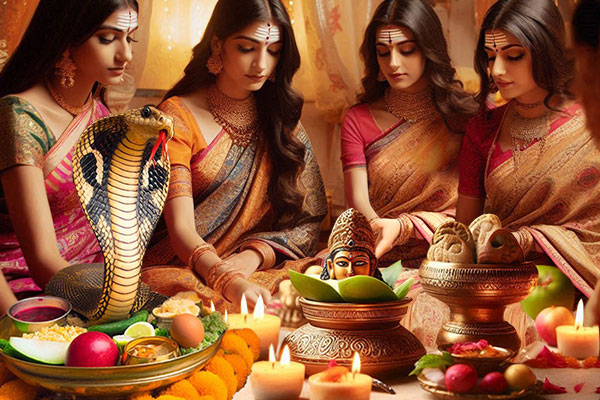
Nag Panchami is a traditional reverence of serpent Gods observed by Hindus throughout India. As per the Hindu calendar, some days are considered significant to worship serpent Gods and Panchami Tithi especially during Shravana month is considered highly auspicious to worship serpent Gods. Nag Panchami is one of those significant days and it observed on Shukla Paksha Panchami during Shravana month.
It is believed that any Puja offered to snakes would reach to the serpent Gods. Hence people worship live snakes (especially cobras) on the day as representative of serpents Gods who are venerated and worshipped in Hinduism. Although there are several serpent Gods, following twelve are worshipped during Nag Panchami Puja -
Ananta
Vasuki
Shesha
Padma
Kambala
Karkotaka
Ashvatara
Dhritarashtra
Shankhapala
Kaliya
Takshaka
Pingala
Nag Panchami celebrated on the Panchami Tithi of Shukla Paksha in the Hindu month of Shravana. It comes either in July or August. The Nagoba Temple, located in the Nagpur district in Maharastra, is famous for conducting the Nag Panchami Festival. Through this festival, devotees, especially women, seek the blessings of Naga Dev.
People ask for his forgiveness, and they pray for attaining happiness and fulfilment for their families. Naga Panchami is also known as Nag Chathruti and Nagil Charithi. There are different names for the occasion in various parts of the country.
This year, Nagpanchami will be celebrated on the Monday, August 17, 2026, in the Northern part of India, in states like, Bihar, Uttar Pradesh, Madhya Pradesh and Rajasthan. It is also celebrated on the same day in the western and southern states like, Maharashtra, Andhra Pradesh, Karnataka, Tamil Nadu which follows the Amavasyant Calendar.
It is only in Gujarat, that Nag Panchami is observed 15 days later than that of most other states. According to new moon lunar calendar followed in Gujarat, Nag Panchami falls during Krishna Paksha Panchami of Shravana month. Nag Panchami is more popularly known as Nag Pancham in Gujarat and usually observed three days before Krishna Janmashtami festivities.
Nag Panchami Puja Vidhi:
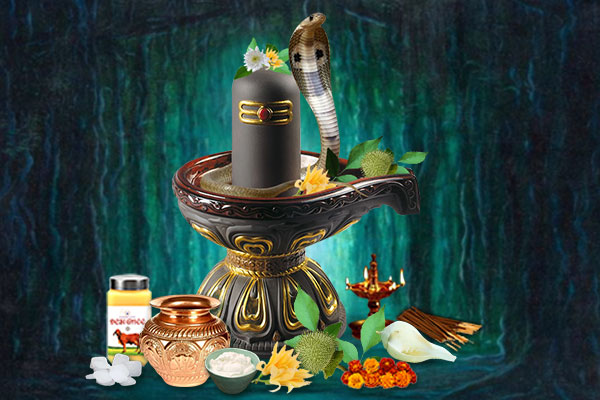
Mostly people go the temple to perform the Puja. But here is,
How to do Nag Panchami Puja at home:
- Wake up early in the morning and wear clean clothes.
- Prepare rice vermicelli mixture and fresh food, in some parts of the country people prepare food a day before the Nag panchami and then consume this stale food on the day of Nag panchmi.
- If you are fasting, then make sure to consume food once on the day of Chaturthi and observe fast on Panchami for the entire day and then consume food in the evening.
- At some places, people make use of brushes which are made of gold, silver or mud, even turmeric, sandalwood and cow-dung is used to draw five-faced snakes on the main entrance of the house on both sides of the door as a sign of welcoming the Snake Lord (Naag devta)
- People then offer prayers to this image as stated above, people draw images of Snake Lord with red sandalwood and turmeric on both sides of the entrance door according to the tradition, a fresh lotus flower is placed in a silver bowl, and in front of this bowl, rangoli comprising of festive colours and patterns resembling five or eight-hooded snakes is drawn on the floor with a brush made of clay, silver or gold.
- Devotees then offer prayers and worship the rangoli by chanting “Anantadi Nagdevtabhyo Namah”.
- Once the devotees are done chanting, they offer prayers by using unheated milk, curd, Durva, Kusha, fragrances, unbroken rice (akshat), flowers, water, holy thread (moli) and rice to the image of Naag deva which is drawn on the wall.
- Once the puja is done, clarified butter, jaggery and sweets are presented to the image of the Snake Lord as an offering (Bhog).
- One must always use flowers and sandalwood while offering prayers to the Snake Lord as good aromas appease the Nag devta.
- On the auspicious occasion of Nag Panchami, one must take blessings of Nag dev by venerating him. Also, the adobe of Snake Lord must be offered prayers.
- It is important remembering and chanting on the 12 divine Snake Gods namely Ananta, Vasuki, Shesha, Padma, Kambala, Karkotaka, Ashvatara, Dhritarashtra, Shankhapala, Kaliya, Takshaka, and Pingala is said to appease the 12 divine energies.
- Chanting ‘ॐ कुरुकुल्ये हुं फट् स्वाहा’ (Om Kurukulye Hoom Phat Swaha) is believed to safeguard from the snake venom.
Nag Panchami Puja performed on the day of Nag Panchami is highly auspicious and rewarding. The Vedas consider the Nagas (Snakes) very significant and divine. The festival of Nag Panchami is celebrated to offer prayers to the Snakes and Serpents that are associated with the trinity, Brahma, Vishnu, and Mahesh. Bhagwan Vishnu, himself rests on Ananta Shesha, a thousand-hooded Serpent. Bhagwan Shiva always keeps the Snake named Vasuki around His neck. Names of 9 Naag Devatas are Anant, Vasuki, Shesh, Padmanabh, Kambal, Shankhapal, Dhrutrashtra, Takshak, and Kalia if prayed daily in the morning protects you from all evils and helps you become victorious in life.
Benefits of this Nag Panchami Puja:
- Health, wealth, success, and prosperity
- Peace, Protection, and Health
- Removes Doshas like Kaal Sarp Dosha and Vastu Dosha
- Blessings of Nag Devta
Fasting on Nag Panchami (Nag Panchami Vrat Vidhi):
- Many people observe a fast on the day of Nag Panchami to please the snake God or Nag Devta.
- Young married women pay a visit to their premarital homes while unmarried girls fast to find a good and satisfying husband.
- The fast begins at sunrise and continues till sunset.
- After that ‘kheer’ is offered to the snake God and the fast is broken.
- Fried and salty foods are not consumed on this day.
- Some people start fasting from the previous day itself.
Significance Of Milk on Nag Panchami Festival
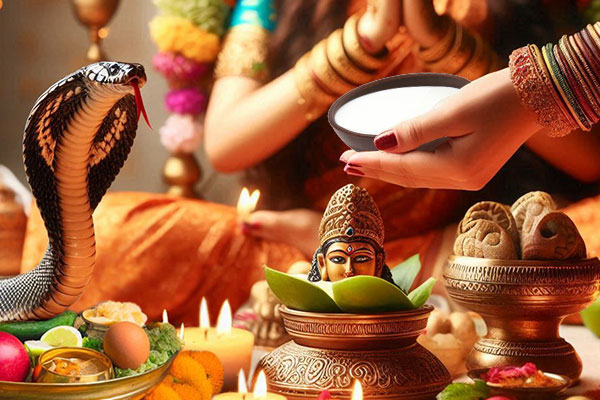
One crucial story that stands relevant about feeding milk to snakes goes back to the Samudra Manthan. In the quest of finding Amrit (divine nectar) by Devas and Asuras, a deadly poison named Halahal erupted from the ocean. It has the power to wipe out the entire universe. Bhagwan Shiva drank the poison for saving the universe. While drinking, some droplets fell on earth, which were consumed by his snakes. The Devtas performed the Ganga Abhishek on Shiva and on the snakes for calming the effect of poison. Hence, the Nag Panchami is the representation of the whole mythological process.
Story Of Nag Panchami:

There are many legends and stories associated with the auspicious occasion of Nag Panchami, let us look at a few of them.
Legends of Nag Panchami as mentioned in the great epic of Mahabharata, there was once a King of Kuru lineage named Janamejaya who was performing a ritual of killing snakes as revenge of his father’s death. Janamejaya's father, King Parikshit was killed by the snake bite of a serpent named Takshak.
Janamejaya made arrangement for a special Yagna to kill all the snakes in the world. He decided by calling many great sages, scholars and Brahmins and invoked Fire God or Agni Dev in the Yagna. The Yagna began as the Brahmins, saints and scholars started chanting powerful mantras which forced the snakes to come out of their natural habitat and fall in the burning holy flames of the Yagna. When almost all the serpents were burned to ashes in this Agni Yagna, the pundits and saints realised that Takshak who had killed King Parikshit, the father of Janamejaya had taken refuge in the underworld of Indra Dev.
After learning this, the Rishis and sages increased the intensity of their chants to bring Takshak out. Takshak could not bear the intensity of the vibrations that were generated due to the mantras that were being chanted by the sages. To protect himself, Takshak coiled on all four legs of the bed on which Indra was resting. Even Indra was being pulled in the Yagna as Takshak had coiled his bed.
Looking at this, all the Gods got worried and ran to Mansa Devi to stop the Yagna. After listening to their plea, the Goddess sent forth her son named Astik to stop the Yagna. Astik reached the venue where the Yagna was being performed. He walked up to Janamejaya and requested him to stop the Yagna. Janamejaya refused, this is when Astik imparted divine scientific knowledge to Janamejaya and gave him many reasons to stop the Yagna. Janamejaya was impressed and this is how he stopped the Yagna and Indra Dev along with Takshak serpent were saved.
Thus, the custom of celebrating Nag Panchami came into existence on this day as the lives of many snakes were saved. Dev Indra also visited Mansa Devi and offered prayers to her.
According to another story, there was once a farmer who lived in a village with his wife, two sons and one daughter. One day while ploughing the field, one of his sons accidently killed three snakes. The mother of the three snakes witnessed this and was determined to take revenge.
On the same night, the mother of the three snakes entered the house of the farmer and bit the farmer, his wife and both the sons. All of them were dead. The next day, the only daughter of the farmer was shocked to witness her parents and brothers dead. She learned the reason of their death and with great grief offered milk to the snake mother, asking her to forgive her family and to accept the apology on their behalf. The girl wept with a true heart and pleaded the snake to bring her parents and brothers to life. The mother of the snakes was appeased by the pure devotion of the girl. The snake accepted the apology and forgave them and brought her parents back to life. Girl observed a fast and offered prayers to the Nag Devta.
According to another important story there once lived a girl, she wanted to perform Naag pooja, so she asked her bother to get her Ketki flower. While performing Naag pooja, Ketki flowers are used. Her brother agreed and left in search of Ketki flower, as he was busy searching for the flower, he was bit by a snake, and he died on the spot. Learning about her brother’s death, the girl observed fast and offered prayers to the snake Lord. Soon the Nag Devta was appeased, and he brought her brother back to life. Hence, on the special occasion on Nag Panchami women worship nag Devta for their brothers’ longevity.
One of the most important legends is about Bhagwan Shiva and Naag at the time of Samundra Manthan. During the churning of the Ocean of Milk, both Asuras and Devas churned the mountain together, during this process, a dreadful poison named Halahal came out of the Ocean, the poison was so fatal that it had the power to kill all the life on this planet. This is when, all the Gods and Goddess ran to the sureme God, Shiva to seek help. The Supreme Consciousness and Selfless God consumed the poison but while drinking few of its drops fell on the earth which were consumed by His snakes. The poison was so fatal that it started burning the throat of Bhagwan Shiva, hence, all the Gods performed Ganga Abhishekam on Shiva and the snakes.
This is why Nag Panchami is celebrated with great valour and represents the rich history of our religion.
About Hindu Culture
Since the beginning oof time, the Hindu culture has always established a warm bond with animals, birds, trees, plants and natural herbs. Or say a balance between “Purush” & Prakriti”. In Hinduism, a cow is highly venerated and is often referred to as ‘Gau mata’. A cow is given the title of a ‘Mother’ and is worshipped. Similarly, on the auspicious occasion of Vat Savitri the married women offer prayers and worship to the Banyan tree. Similarly, on auspicious events like the environment day, which is known as the Vanotsav, we make sure to plant saplings, and take measures to safeguard our environment and avoid polluting it.
But the greatness of our Hindu culture is truly reflected when we offer prayers and worship a snake on the holy festival of Nag Panchami. Snake is a reptile, which is mostly feared as it is dangerous in nature and can kill you. Accepting Snake in the form of a deity thus shows how kind and warm-hearted people are of the Hindu religion.
During monsoons, when heavy showers of rainfall on the warm Earth proving to be beneficial for mankind and nature, the snakes are forced to leave their natural habitat as water accumulates in the burrows, where they live. Sometimes, they enter our house, this is the time we should offer prayers to them and allow them to rest.
Significance Of Snakes in Hindu Mythology (History):
- Bhagwan Shiva is always portrayed with a snake coiled on his neck which is why he is also referred to as ‘Kal devata’. Shri Lakshman who was the brother of Bhagwan Rama is known to be an avatar of Shesh Naag.
- The sacred Indian Scriptures like the Narada Purana, Agni Purana and Skanda Purana mention the extolling worship of serpents and throw light on the rich history of snakes.
- In the Mahakaleshwar Jyotirlinga temple, which is situated in Ujjain, there is a shrine on the third floor. The most unique thing about this shrine is that it is opened only on the day of Nag Panchami and remains closed for the rest of the year. Also, the idol of Nagchandreshwar is unique as it depicts Bhagwan Shiva and Maa Parvati seated on a snake which has ten hoods and are surrounded by Shri Ganesha, Nandi and other idols.
- According to the legend, the great Takshak snake lives in this shrine and when an individual visits this shrine and offers prayers to Nagchandreshwar on Nag Panchami, the devotee is blessed abundantly and is set free from the afflictions of Sarpa Dosha, Nag Dosha and other Doshas.
- According to the ancient scriptures, Sheshnaag offers support to the Earth by holding it on his hood. It is stated that this divine snake lives in hell and has hundred hoods. In each of these hoods there is a diamond. It is said that Sheshnaag has evolved from the Tamas element of Shri Vishnu. At the end of every Kalp, Bhagwan Vishnu is witnessed relaxing on Sheshnaag in the great Ocean.
- In the Tretayuga, Sheshnaag was incarnated as Lakshman and Bhagwan Vishnu incarnated as Shri Ram.
- In the period between the Dwapara yuga and Kalyuga, Sheshnaag incarnated as the elder brother of Shri Krishna and was named as ‘Balram’.
- In Shrimad Bhagwat Geeta, Shri Krishna states “The supreme amongst serpents is ‘Anant’, that is me.” Thus, showing his greatness.
Importance Of Snakes as Per Hindu Astrology
According to Indian astrology, the snake is often associated with the moon nodes. The head of a snake is represented as Rahu whereas, the tail of the snake is referred to as Ketu.
If, in the natal chart of an individual, all the seven houses that fall between Rahu and Ketu planet are placed in a reversed order than the individual suffers from “ Kal Sarp Dosha ” (relating to doshas caused by black snakes). A person suffering from Kal Sarp Dosha is believed to undergo a lot of hardships and bad luck. Praying over snakes and offering them bhog during the Nag Panchami festival is said to have relief from the Kaal Sarp Dosha.
On the auspicious day of Nag panchami, people worship Bhagwan Shiva and Nag devta. According to a religious belief, a devotee who worships Nag Devta and performs Rudra Abhishekam on Nag panchami is liberated from all hardships. It also helps to ward off unnecessary fears.
If planet Rahu or Ketu are placed in unfavourable houses in the natal chart of people belonging to the Taurus, Sagittarius, Gemini and Scorpio then they must perform Nag Panchami pooja.
Also, offering prayers to Bhagwan Shiva and Nag devta on this auspicious day offers relief from Pitra Dosha .
As mentioned in the Garuda Purana, a devotee who offers prayers to snakes on the Nag Panchami, followed by offering food or feeding the Brahmins is said to enjoy many benefits and lead a happy life.
Offering prayers to snakes and venerating them is believed to safeguard the devotee from the fear of snake bites.
Men & women who have issues conceiving, install a small idol of snake under the Sacred Fig (Peepal Tree) and worship it. Snakes are associated with masculinity and are known to bless men who are suffering from barrenness with healthy offspring.
Snakes are known to be gifted with the power of fertility and therefore cure barrenness in men and women.
If an individual often dreams about snakes, then worshipping snakes on Nag Panchami is said to remove the fear of snakes. Snakes are believed to be more powerful than human beings as they are associated to the Supreme powers like Bhagwan Shiva, Devi, Shri Vishnu or Krishna and Subramanya.
This belief has instilled fear among people which led to the worshipping of snakes, especially the cobra and this is how snakes are worshipped by Hindus throughout the country.
Kal Sarp Dosh Puja on Nag Panchami:
As per Vedic Astrology, experts suggest so many remedies reduce Kaal Sarp Yoga, but Nag Panchami is the most suitable day to remove Kaal Sarp Dosh.
By doing Rudra Abhishek on the day of Nag Panchami, the person can remove the Kaal Sarp Dosh. Chant the Panchakshari Mantra, i.e., Om Namah Shivay, or perform Mahamrityunjaya Mantra Jaap at least 108 times on Nag Panchami, who is having Kaal Sarp Dosh.
Types of Kaal Sarp Dosh Puja:
Anant Kaal Sarp Yog
Shankhapal Kaal Sarp Yog
Kulik Kaal Sarp Yog
Vasuki Kaal SarpYog
Sheshnag Kaal Sarp Yog
Padam Kaal Sarp Yog
Takshak Kaal Sarp Yog
Mahapadam Kaal Sarp Yog
Karkotak Kaal Sarp Yog
Shankchud Kaal Sarp Yog
Ghatak Kaal Sarp Yog
Vishadhar Kaal Sarp Yog
Some people have suffered heavily because of extreme Kaal Sarp Dosha, and for them it is suggested to get the Puja & Homa in the temple that act like hospitals for patients.
Kaalsarp Shanti Puja At Trimbakeshwar Temple
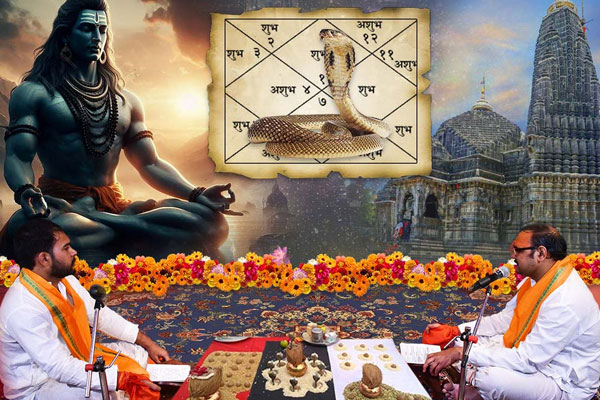
Kaalsarp Shanti Puja performed at Trimbakeshwar Temple during Shravan month and on Nag Panchami is highly auspicious and spiritual. Kaal Sarp Dosh occurs when all the 7 planets are placed between Rahu and Ketu. Kaal means death and Sarp means snake. The person born under Kaal Sarp Yog struggles even after putting in the appropriate amount of hard work. For individuals suffering from Kaal Sarp Dosh , success is hard to come by and their financial position remains fragile. Kaal Sarp Dosh can be of two types namely ascending and descending and can cause various problems such as loss in business and family problems.
Benefits of this puja:
- Provides professional and personal stability
- Removes hurdles in the way to success
- Provides harmony and peace of mind
- Relief from other malefic effects of the Kaal Sarp Dosh
Narayan Nagbali Rites At Trimbakeshwar Temple
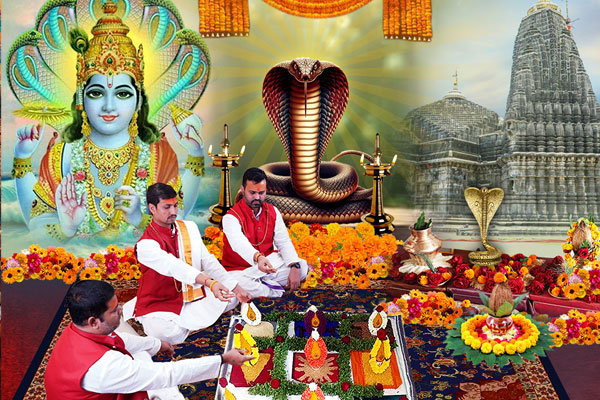
Narayan Nagbali Puja at Trimbakeshwar
On Nag Panchami, if you perform Narayan Nagbali Pooja, you get rid of most of the issues at a personal and professional level. Narayan Nagbali Puja consists of two different rituals. One is Narayan Bali performed to get rid of ancestral curse (pitra dosh /pitru Shaap) while Nagbali is done to get rid of the sin of killing snakes, especially Cobra which is worshipped in India. It can be performed only at Trimbakeshwar.
This puja is best for those facing obstacles in Business, Waste of Money, Family health Problems, Conflicts, education hindrances, Marriage Problems, Accidental Death, Unnecessary expenses, and Emotional problems. It is also performed to eliminate problems that occur due to curses from father, mother, brother, corpse, wife, and other shraps (Pitru shrap, Pratashap, Matrushap, Bhatrushap, patnishap, matulshap). Narayan Nagbali is performed to get respite from various problems.
Significance/Importance of Nag Panchami festival:
Nag Panchami festival is dedicated to one of the fiercest beings on planet earth, the snakes. They are considered the most powerful creatures and are worshipped as deities mainly by devotees from the Naga tribe.
It is believed that any worship offered to snakes reaches the serpent deities. According to Drik Panchang, twelve snakes (mentioned above) are worshipped at the time of the Nag Panchami festival.
It is believed that devotees who worship snakes on this day get rid of their fear of serpents and Kaal Sarpa Dosh.
Spiritual Symbolism of Nag Panchami:
Nag Panchami holds its essence, carrying forward the spirit of devotion and veneration for these enigmatic creatures even today.
The festival is more than a mere tradition; it's a reminder of humanity's connection with nature and its infinite inhabitants. It underlines the ancient wisdom of coexistence, honouring the exquisite balance between man and the creatures that share the land.
Nag Panchami, with its tales of divine intervention and coiled destinies, continues to weave its magic through generations. It reflects the ancient stories and cultural tradition of a world that once held a closer relation with the mysteries of life. Inviting us to revive our connection with the creatures that prevails in both the physical and mystical realms.
On the Spiritual level, this festival relates to Yoga’s three stages of human evolution:
Swana/dog (survival instincts)
Kaka/crow (wisdom and broader perspectives)
and Naga/snake (perception beyond senses)
Naga Panchami symbolizes unfathomable aspects of life that are only accessible when humans close their eyes and tap into deeper awareness.
Symbolism of serpents is found across various cultures, embodying mystical connections. In Indian tradition, twelve serpent dimensions are worshipped, each representing different aspects of existence.
Naga Panchami signifies the uncoiling of Adhishesha, initiating a new cycle after the remains of the previous creation.
Naga Panchami denotes the coiled Kundalini within the spine on energy level that rises to rise our consciousness and evolution level.
Nag Panchami certainly encourages individuals to explore the intuitive and perceptive capacities, embracing the mysteries of existence and coexisting with them.
Serpent Worship or Ophiolatry across the world:
In the ancient world serpent worship was popular and universally practiced in Arabia, Persia, Asia minor, Syria, Egypt, Italy, Greece, in many parts of northern and western Europe, the current Latin American nations, China, Sri Lanka, and Japan.
However, serpent worship is highly sacred in India. The Naga cult assumed special importance in India, and unlike the other nations it took a more developed form with many interesting variations and was also more widely distributed. India is also a country which always had a wide distribution of a variety of snakes, and the large number of deaths that took place from their venomous bites explain why the serpents or Nagas were feared, respected, and worshipped from prehistoric era.

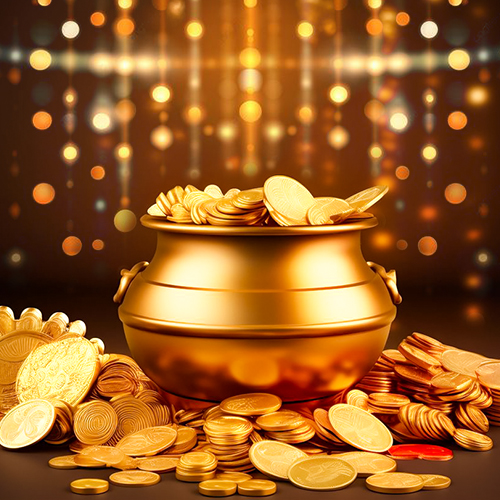
-in-Astrology.jpg)
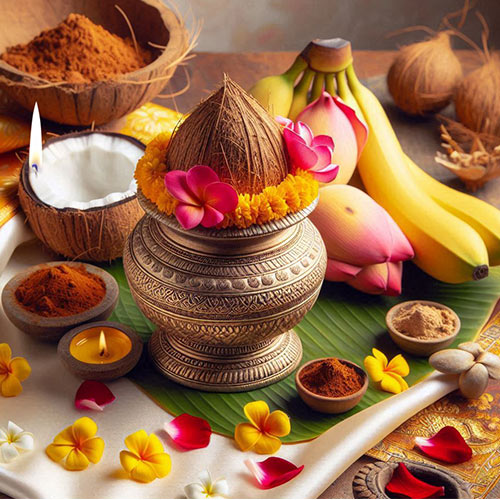
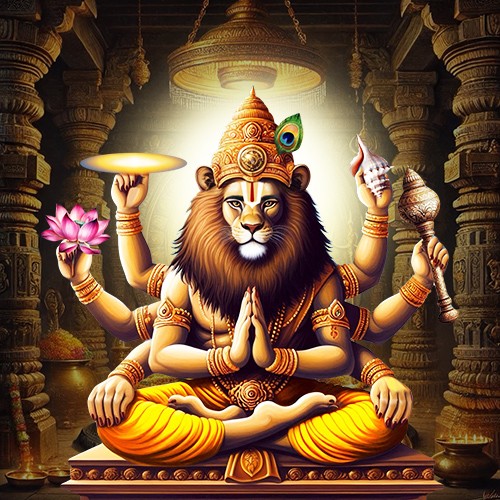
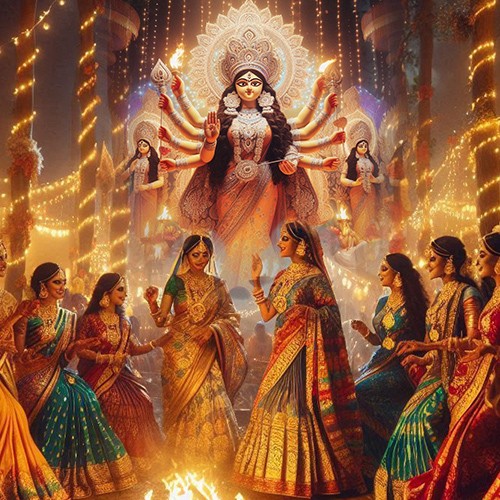
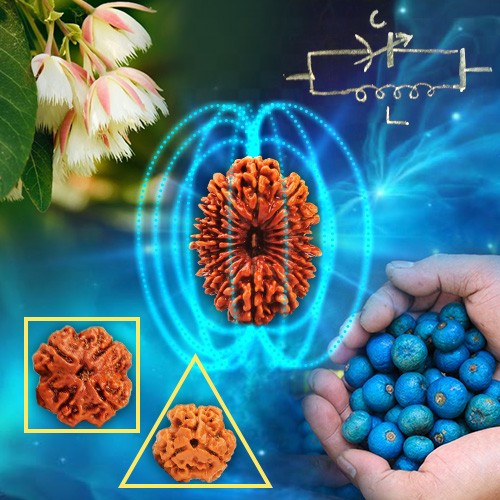


.jpg)
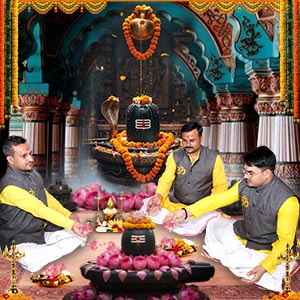

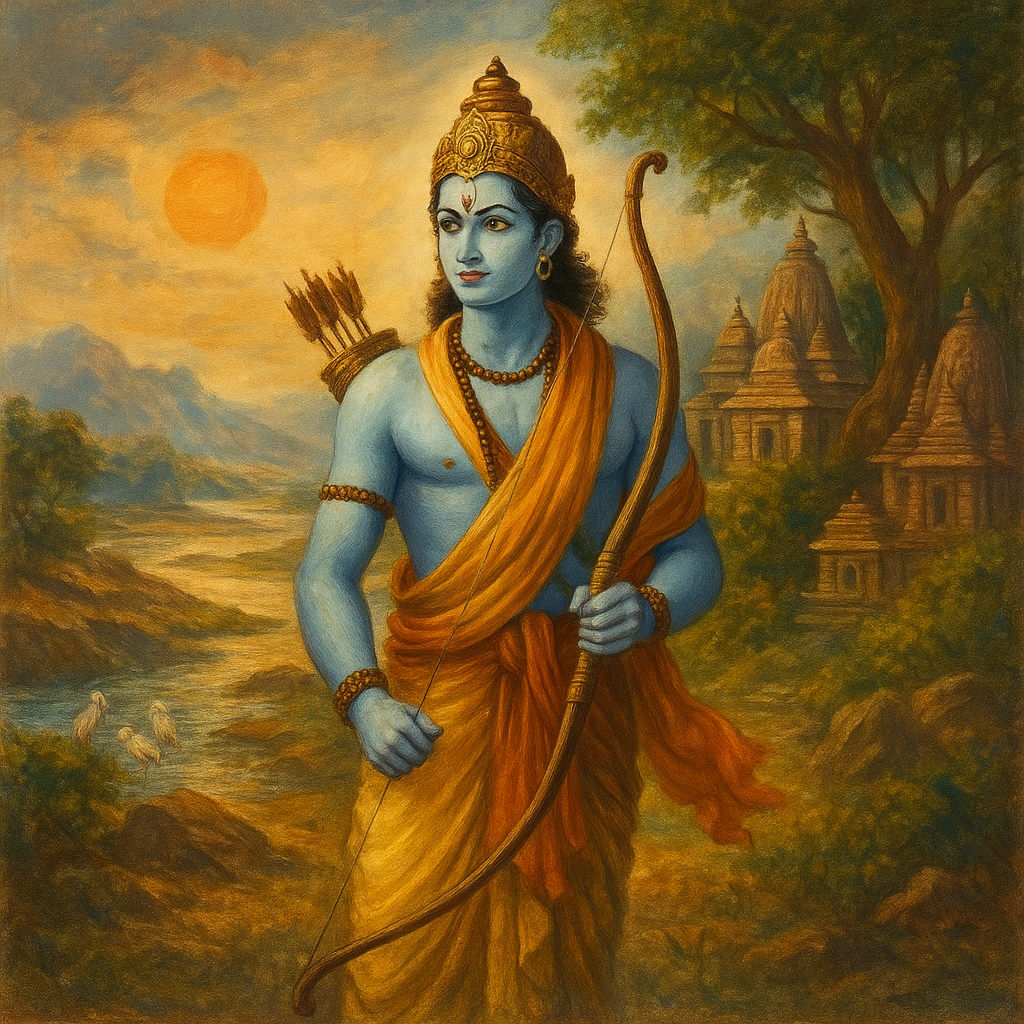
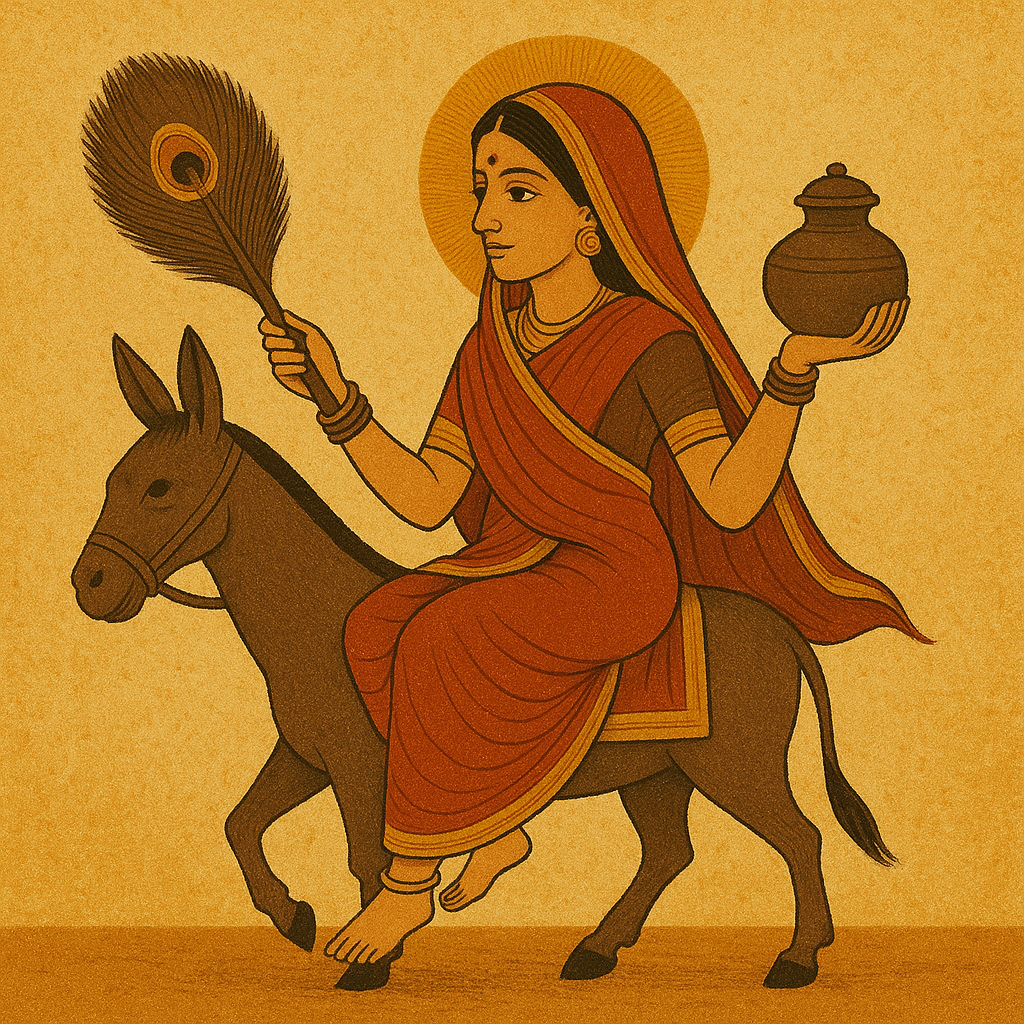
Akash
|August 9, 2024
Mujhe magical nagpanchami chahiye